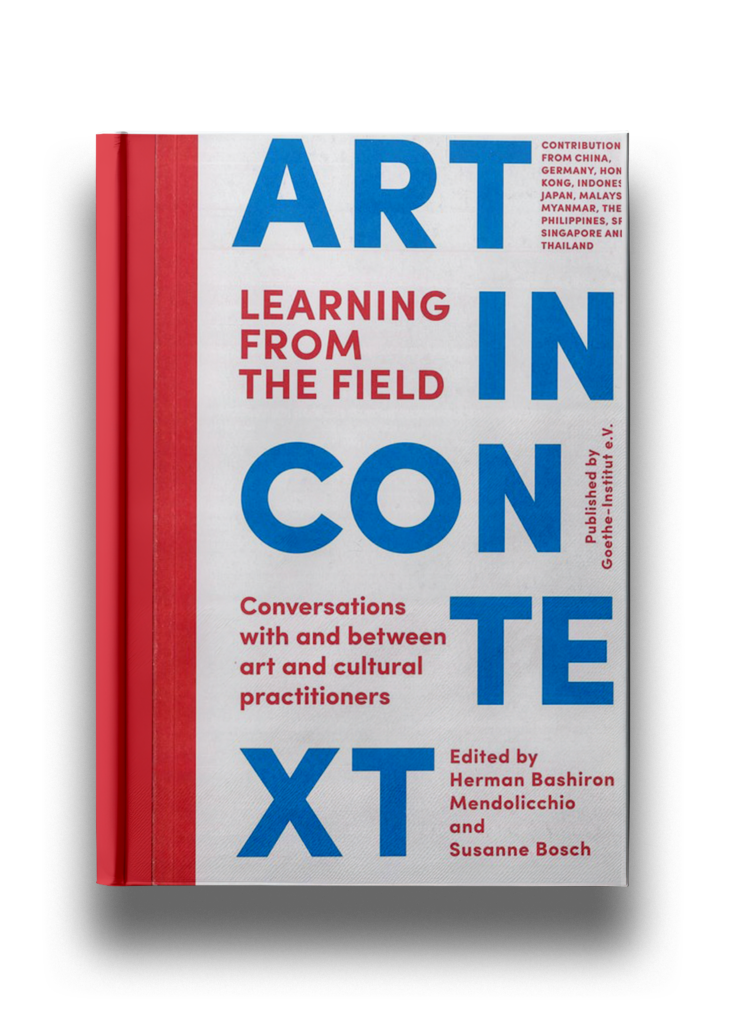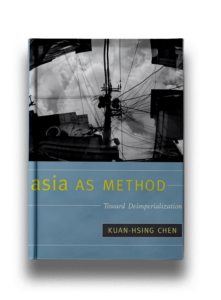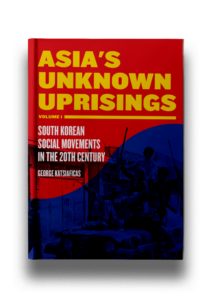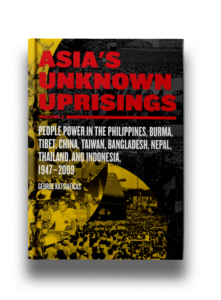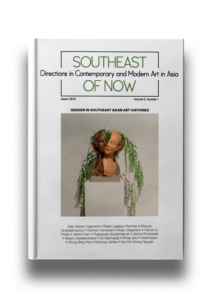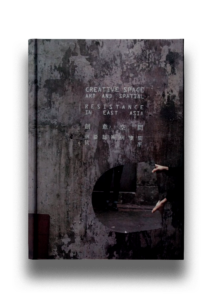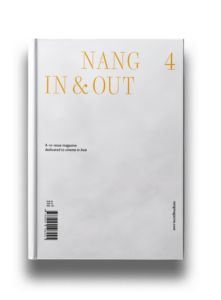Year
2017
Publisher
Goethe-Institute
Author
Herman Bashiron Mendolicchio
Susanne Bosch
Annotation
This book is structured around a set of conversations between arts and cultural practitioners and was inspired by peer-to-peer discussions, exchanges and encounters in the field. Supported by the Goethe Institute, this publication introduces twenty-one artistic statements from practitioners in the field of participatory art in Myanmar, Japan, Malaysia, Thailand, Indonesia, the Philippines, Singapore, Hong Kong and China. In contrast to art in a white cube setting, the significance of the works of these artists stems from the distinctive context within which they are embedded, and their site-specific, collaborative and participatory engagement with the contemporary environment. Given the relative paucity of research on public art in Southeast Asia and the significant role of artists and artist-run initiatives in redefining public space in the region, this publication offers new pathways and possibilities for further research in the field.
LU Pei-Yi
How much do colonial and war relations between our countries of origin play out in our current relationships as peers? And to make it more complex, what about identities that come from bi-national backgrounds- the combinations of the accidental and oriental worlds, or experiences in multi-national realities through relationships or residences? What about the mishmash of philosophical, religious, cultural and political approaches? How about inclusion and exclusion through language- in our case, English, as a common denominator? How are we united and/or separated through our identifiers?
